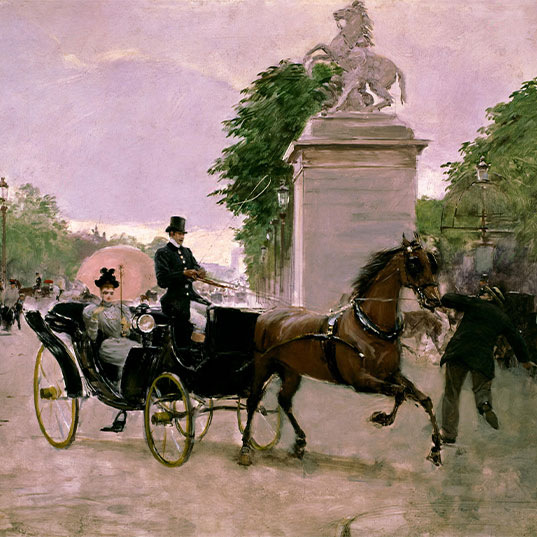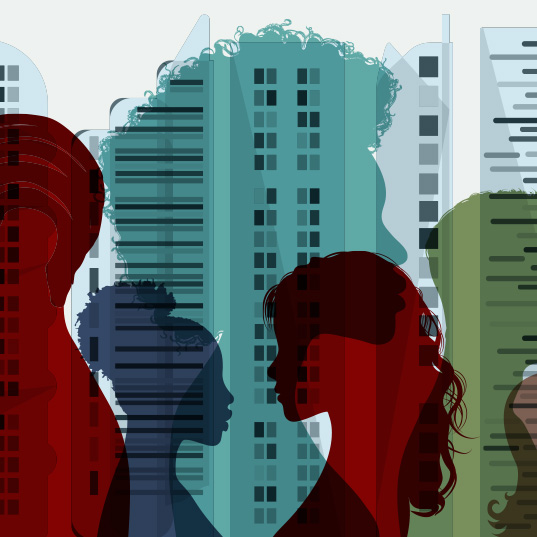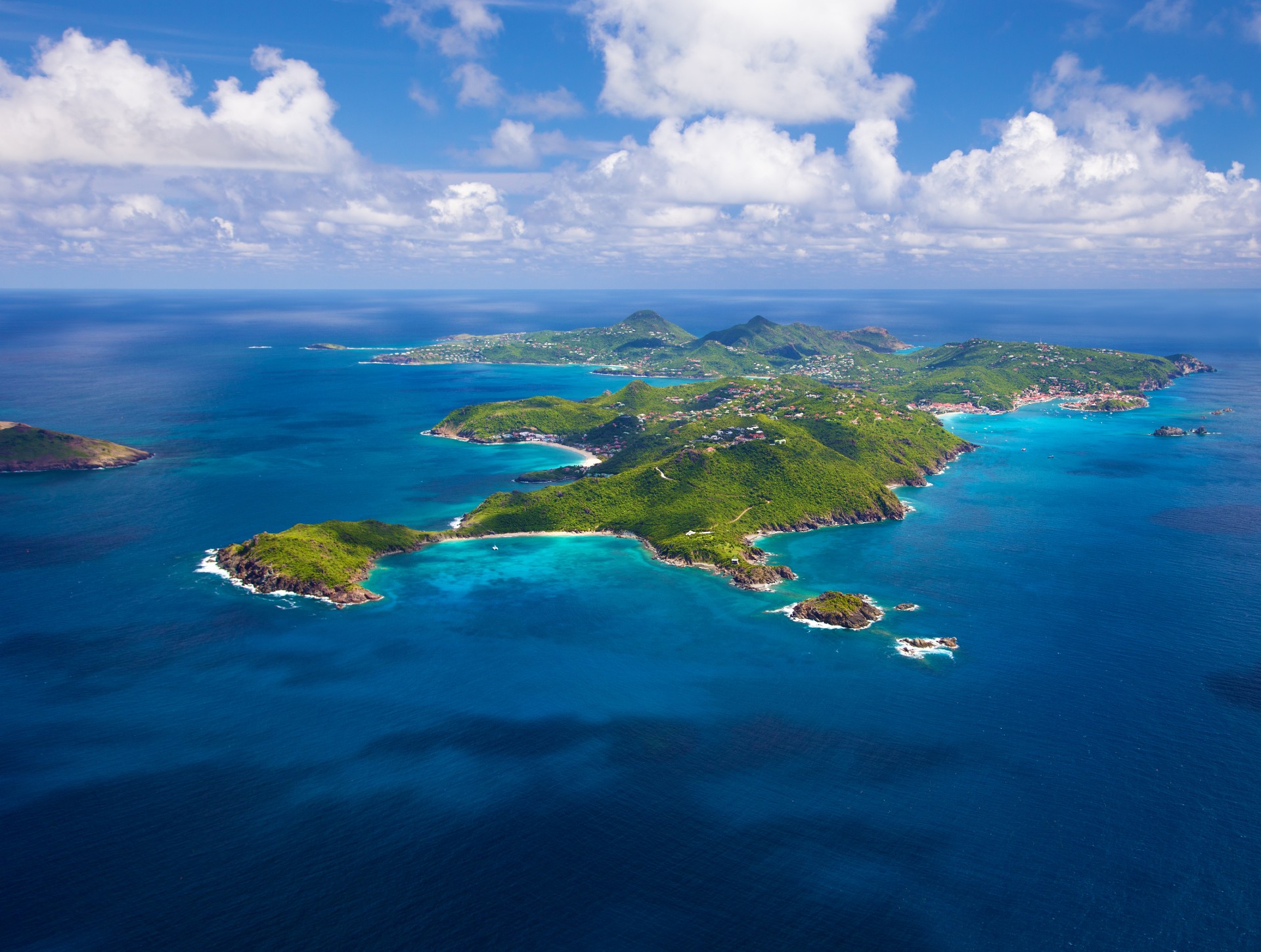Living in an urban heat island: what can we do about extreme heat in cities?
The urban heat island phenomenon and climate change mean that cities must adapt to extreme heat and tackle the rising temperatures. Let’s look at some examples.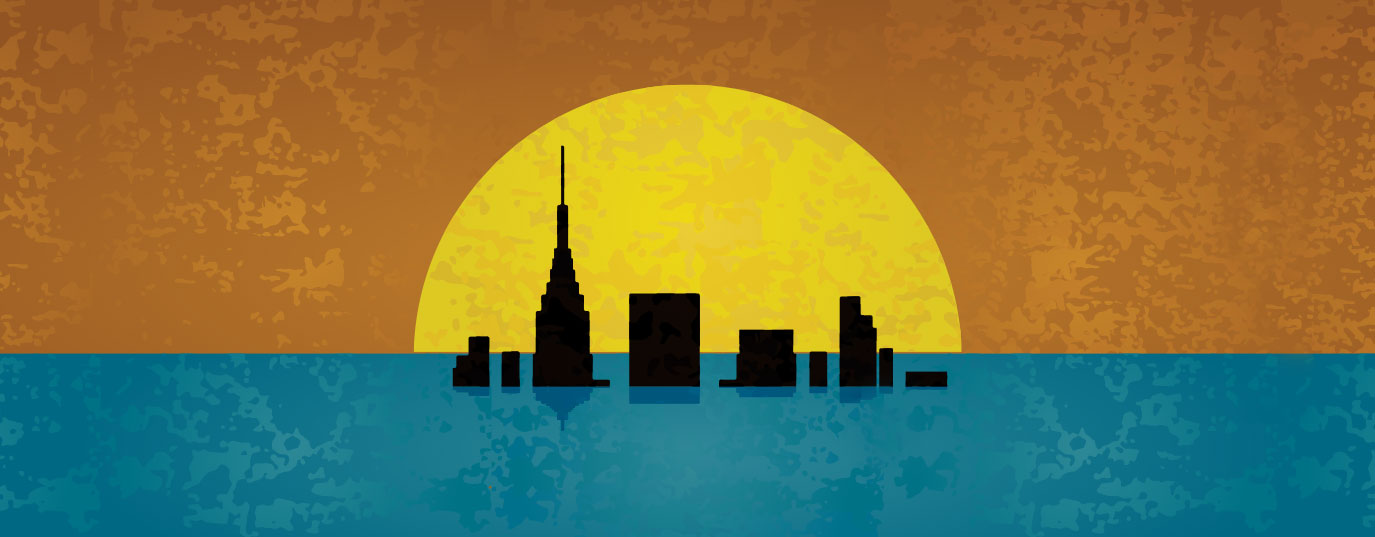
Los Angeles has inaugurated a new municipal department. The US city appointed a Chief Heat Officer to head a unit to lead the city in adapting to extreme heat, thus combating the urban heat island effect. LA is the third US city – after Miami and Phoenix – to appoint a CHO with a view to tackling the impacts of climate change at local level.
The frenetic rhythm of millions of people traveling, consuming energy and demanding all kinds of goods and services is thus shaping 21st Century cities. Those that occupy 2% of the planet are consuming 78% of world energy and suffering some of the worst consequences of global warming.
What will I learn from this article?
Extreme heat in the city: nothing idyllic about this “island”
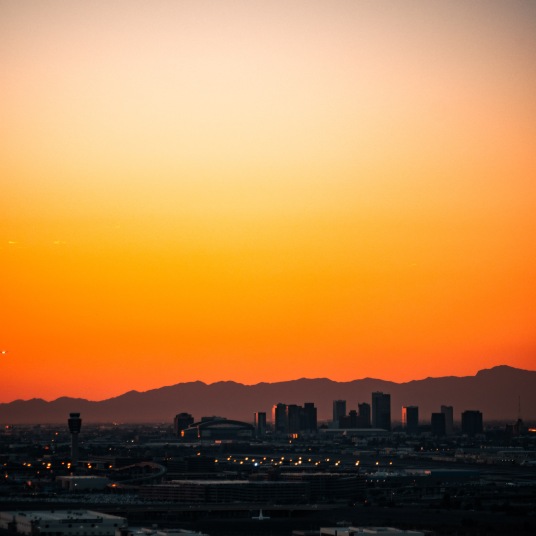 The huge swathes of concrete and asphalt, the absence of green spaces, suspended particles and emissions, and human activities which emit heat to the atmosphere, are responsible for the excess heat recorded in cities compared with rural or suburban areas.
The huge swathes of concrete and asphalt, the absence of green spaces, suspended particles and emissions, and human activities which emit heat to the atmosphere, are responsible for the excess heat recorded in cities compared with rural or suburban areas.
This results in a phenomenon called urban heat island. It is a local event which, added to global warming, requires cities more than anywhere else to adapt to extreme heat.
The heat island reaches its maximum intensity during the night, when urban structures emit heat they have accumulated during the sunshine hours. This can generally result in temperatures rising by 2ºC. A recent study by the Swiss meteorological service, however, estimated the difference in temperature between a city and rural area to be around 6ºC.
How cities mitigate the urban heat island effect
Cities are already experiencing longer, hotter summers with more regular heatwaves, which in turn result in days of record temperatures. But extreme weather phenomena are also increasing in number and intensity. Flooding, fires, hurricanes… cities must find a way of adapting to and mitigating climate change at the same time.
How can we regenerate our cities so that they are cleaner, healthier and more resilient?
“Hello? Is that the Department Against Climate Change?”
In 2021, the city of Phoenix in the United States counted 338 the deaths associated with heat. More than a third were homeless people. This metropolis of 4.6 million people is one of the hottest in the country. There are many days in which the temperature oscillates between 32 and 37 degrees. With some 5,000 people living in the streets, it is a problem endangering many lives.
As a solution, the following autumn Phoenix opened an office focused on introducing workable climate solutions. Since then the city has already undertaken some initiatives to mitigate the heat island effect. Among them, an investment of six million dollars to plant trees in the poorest areas of the city.
City Hall has also paved around 70 kilometers of streets with a material that cools at night. It means the temperature remains at 12 degrees below the maximum that asphalt has been reaching. The local government also has a program offering to cover roofs with a chemical that reflects light, which better insulates homes and as such reduces the need for air conditioning,
Sustainable mobility
The metropolitan area of Buenos Aires is home to a third of the Argentine population, around 14 million people. The average number of journeys undertaken in a day is around 22 million. Eight million of these are by bus, 1.5 million by train and around 1 million in the metro. Some 2.2 million are by foot or bicycle. But, overall, public passenger transport is only responsible for 5% of mobility emissions. Private vehicles account for 35%.
The Argentine capital is one of the so-called megacities, those with a population of over 10 million. In these colossal conurbations and their large commuter suburbs, it is necessary to travel long distances for almost everything: to get to work, go to the doctor, even shop.
Promotion of the use of shared, sustainable transport is essential for minimizing carbon emissions, unblocking roads and freeing the streets of parked cars.
“Promotion of the use of shared, sustainable transport is essential for minimizing carbon emissions”
In a recent article, we spoke about some of the more efficient measures to restrict cars from entering certain city areas, introducing tariffs for accessing the center, promoting sustainable mobility routes to arrive at companies or universities, or renting electric mopeds by the minute to move from one place to another.
Likewise, new urban design concepts are proving popular, including the development of 15-minute neighborhoods introduced in cities like Paris to help reduce traffic. The aim of such a system is to allow citizens to access all their possible daily needs (hospitals, shops, schools, parks, etc.) without having to be traveling for longer than a quarter of an hour.
Green lungs helping cities to adapt to extreme heat
European towns and cities could avoid up to 43,000 deaths per year if they increased their parkland, according to a study by a team at ISGlobal, Barcelona’s Global Health Institute, funded by la Caixa Foundation. As this Twitter user checked, thermometer in hand:
Experts confirm that green spaces impact positively on our health and are related to longer life expectancy, fewer mental health problems and less cardiovascular disease.
They also help mitigate air pollution, heat and noise, contribute to sequestering CO2, and offer spaces where citizens can practise sport or meet up outside.
“Green spaces help mitigate air pollution, heat and noise, and contribute to sequestering CO2”
A dash of white paint to cool rooftops
 Another study, this time by ICTA-UAB, the Institute of Environmental Science and Technology at Barcelona Autonomous University, found that increasing green areas and painting roofs white would mitigate urban heat island effects and reduce daytime temperatures by 4.7ºC.
Another study, this time by ICTA-UAB, the Institute of Environmental Science and Technology at Barcelona Autonomous University, found that increasing green areas and painting roofs white would mitigate urban heat island effects and reduce daytime temperatures by 4.7ºC.
The research showed that construction materials impact on the accumulation of heat in cities and solar radiation stored during the day in asphalt and buildings is released slowly during the night, generating an important thermal stress. Cool rooftops can be obtained simply by painting them white to increase the albedo, the percentage of radiation reflected by the surface and not absorbed by the building.
According to the study’s results, the temperature fell by 4.73ºC during the day and 1.88ºC during the night, a thermal descent that led to less use of air conditioning (26%) and, as such, reduced energy consumption.
Painting the streets
Asphalt is made from pitch, crushed rock, sand and gravel. All asphalts have two molecular structures in common: maltenes, which bind the elements, and asphaltenes which give the road its black color and firmness.
In summer, these materials reach a maximum temperature of 65ºC and are one of the main causes of heat island effect. To minimize this impact, experts suggest painting the surfaces with light colors. As with the rooftops, it has been shown that painting asphalt white reflects the light and the asphalt absorbs less heat, lowering the ambient temperature.
Designing more sustainable cities, to help us mitigate the effects of climate change and urban heat islands, is today more important than ever before. We need to create and regenerate resilient environments that guarantee quality of life for people and the wellbeing of the planet.
Sources:
- https://www.smithsonianmag.com/smart-news/los-angeles-becomes-latest-city-to-hire-chief-heat-officer-180980285/
- https://elpais.com/clima-y-medio-ambiente/2022-06-20/jardines-en-los-tejados-arboles-africanos-y-calles-pintadas-de-blanco-como-adaptar-la-ciudad-al-calor-extremo.html



